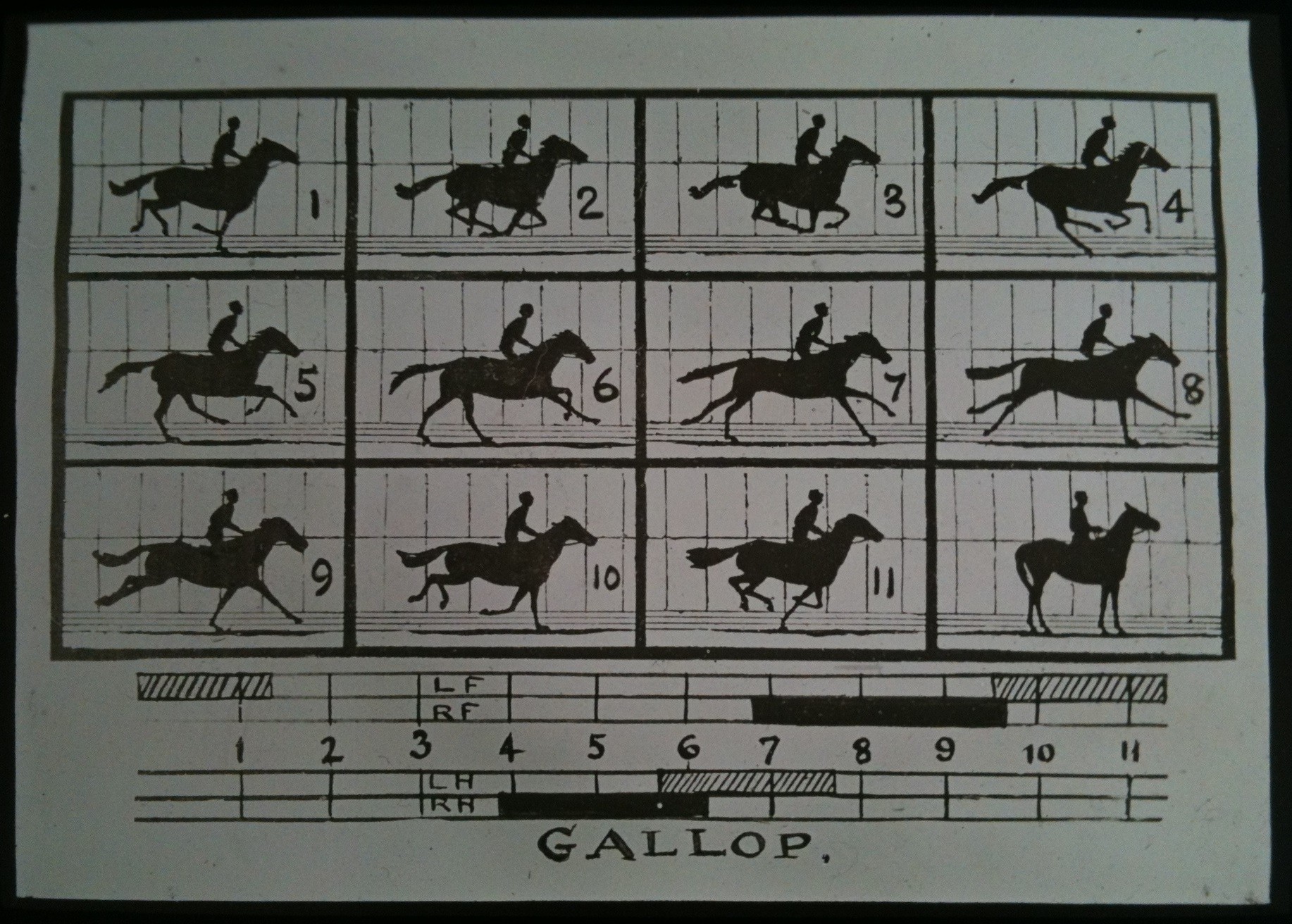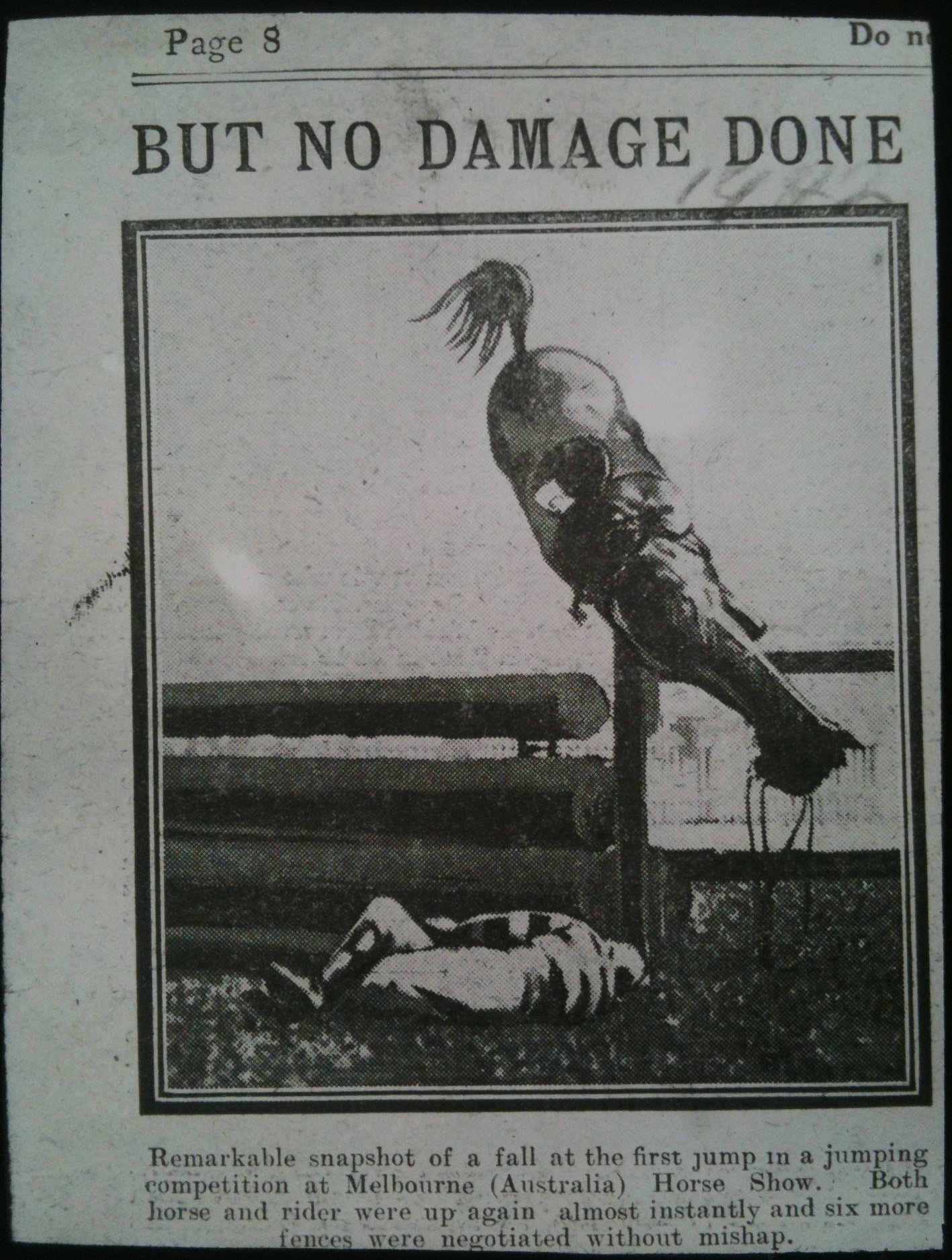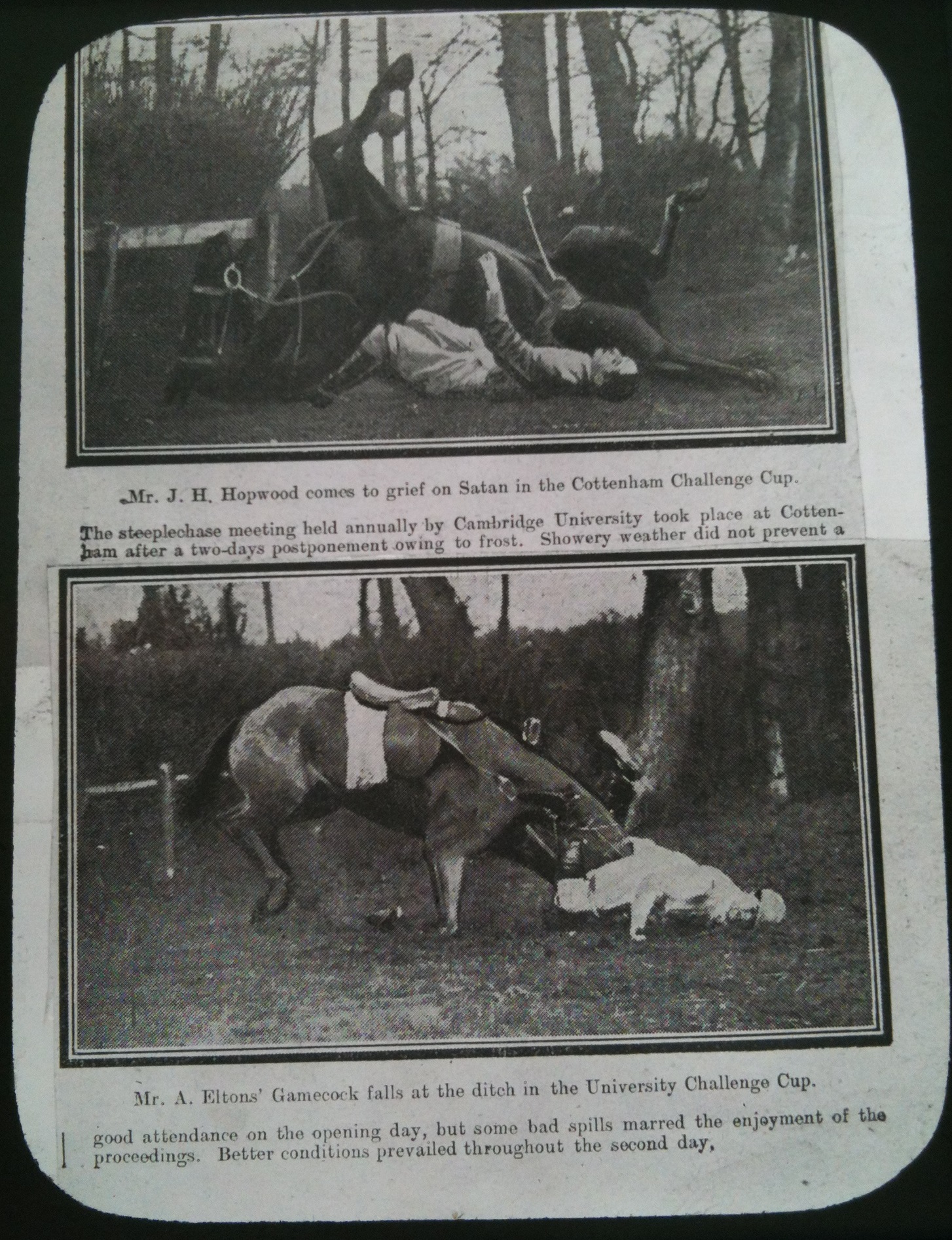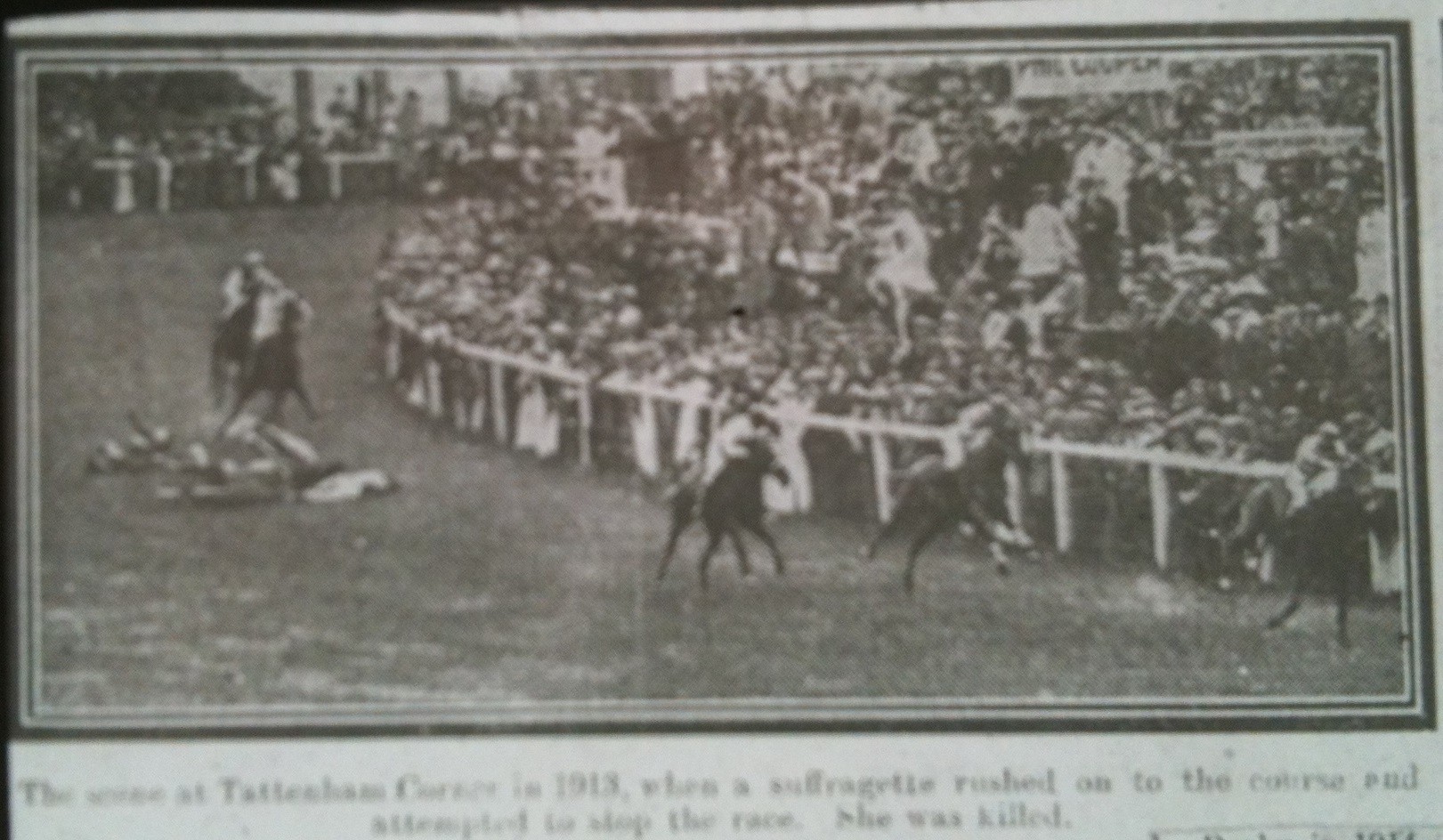 Cataloguing the correspondence of zoologist/animal breeder James Cossar Ewart (1851-1933), I have been intrigued by the various ‘life stories’ which emerge from the letters. Periodically I will be including some highlights in a series of posts entitled ‘letters in the limelight’ .
Cataloguing the correspondence of zoologist/animal breeder James Cossar Ewart (1851-1933), I have been intrigued by the various ‘life stories’ which emerge from the letters. Periodically I will be including some highlights in a series of posts entitled ‘letters in the limelight’ .
I would never have guessed that there would be even a slight link between James Cossar Ewart and Jack the Ripper, but this week’s letter in the limelight, written to Ewart on 28 April 1902 by Edwin Brough, proves otherwise…
Brough was a silk manufacturer and bloodhound breeder who became publicly well known when two of his hounds, Barnaby and Burgundy (‘Burgho’), became involved in the hunt for Jack the Ripper, the infamous Whitechapel serial killer of 1888, who was never caught. In the huge public outcry surrounding the hunt for the murderer, numerous suggestions were made for the use of bloodhounds, whose extraordinary sense of scent and ability to follow a trail tirelessly makes them ideal tracking animals. However, Brough maintained that the hounds were of limited use due to the age of the scent and the crowded city environment, although it does seem that the presence of the hounds in the City temporarily deterred any further murders.
Brough predominantly bred hounds for tracking competitions, and was also a key figure in the introduction of the breed into America after exhibiting three of his hounds at the Westminster KC show in New York City. However, Brough was clearly interested in other types of animals breeding: in his letter to Ewart he discusses the experiments of a Colonel W. Scoby, who crossed a carting mare with a blood horse to produce excellent hunting horses. Brough himself was also successful breeder of cows, including the famous Jersey cow ‘Antic’ who in 1896 gave 1,071 gallons of milk!
The letter to Ewart bears the heading ‘Wyndyate’ (later called Scalby Manor) near Scarborough, Yorkshire. The house, with its stables and kennels, was built for Brough in 1885 and he lived here until 1910, breeding and training his famous hounds. The building has been a hotel or pub since the 1980s. You can see pictures of the Manor as it is now here: http://www.jtrforums.com/showthread.php?t=10311












